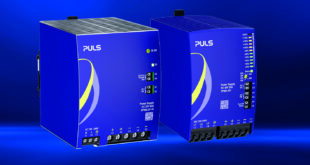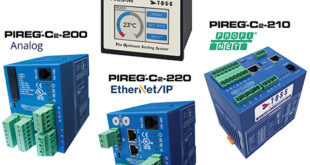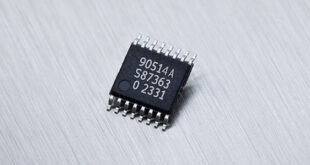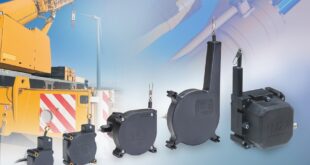Murata announce the availability of their new BLM18DN_SH series of noise filter ferrite beads.
The new devices are specifically designed for automotive networks using Power over Coaxial (PoC) with high impedance, high frequencies and supporting large currents, up to 1400mA.
As vehicles become more complex and sophisticated and especially as a result of increased image sensing, data communication needs within vehicles have increased significantly.
Multiple protocols exists including CAN, LIN, FlexRay and Ethernet and the wiring, along with the associated power cabling, has increased in weight to the point it is now an issue.
The transition towards PoC is addressing this by transmitting data on a single coaxial cable that is also able to carry the power.
However, systems such as Advanced Driver Assistance Systems (ADAS) and In-Vehicle Infotainment (IVI) use a 1.5 GHz band GPS signal that creates noise that can significantly affect data transmission at 2.4GHz.
To resolve this, a high impedance noise filter that can carry large currents and remain effective into the GHz band is needed.
Murata’s existing BLM18GG series supports the frequency range required but is limited to 200 mA making it unsuitable for PoC implementations.
The new BLM18DN_SH series uses a Murata developed internal electrode that limits the size to 1.6mm x 0.8mm (1608) while offering a maximum DC resistance of 0.12Ohm and maximum rated current of 1400mA while supporting frequencies at 1GHz. This is the first product to offer this performance in such a compact size.
The four devices in the new series are ideally suited for designing the Bias Tee circuits required for PoC implementation and applications which will need the capability of wide frequency coverage due to their performance, small size and ability to operate at temperatures up to 125C.
The devices are AEC-Q200 compliant, making system approvals easier.
 Engineer News Network The ultimate online news and information resource for today’s engineer
Engineer News Network The ultimate online news and information resource for today’s engineer



